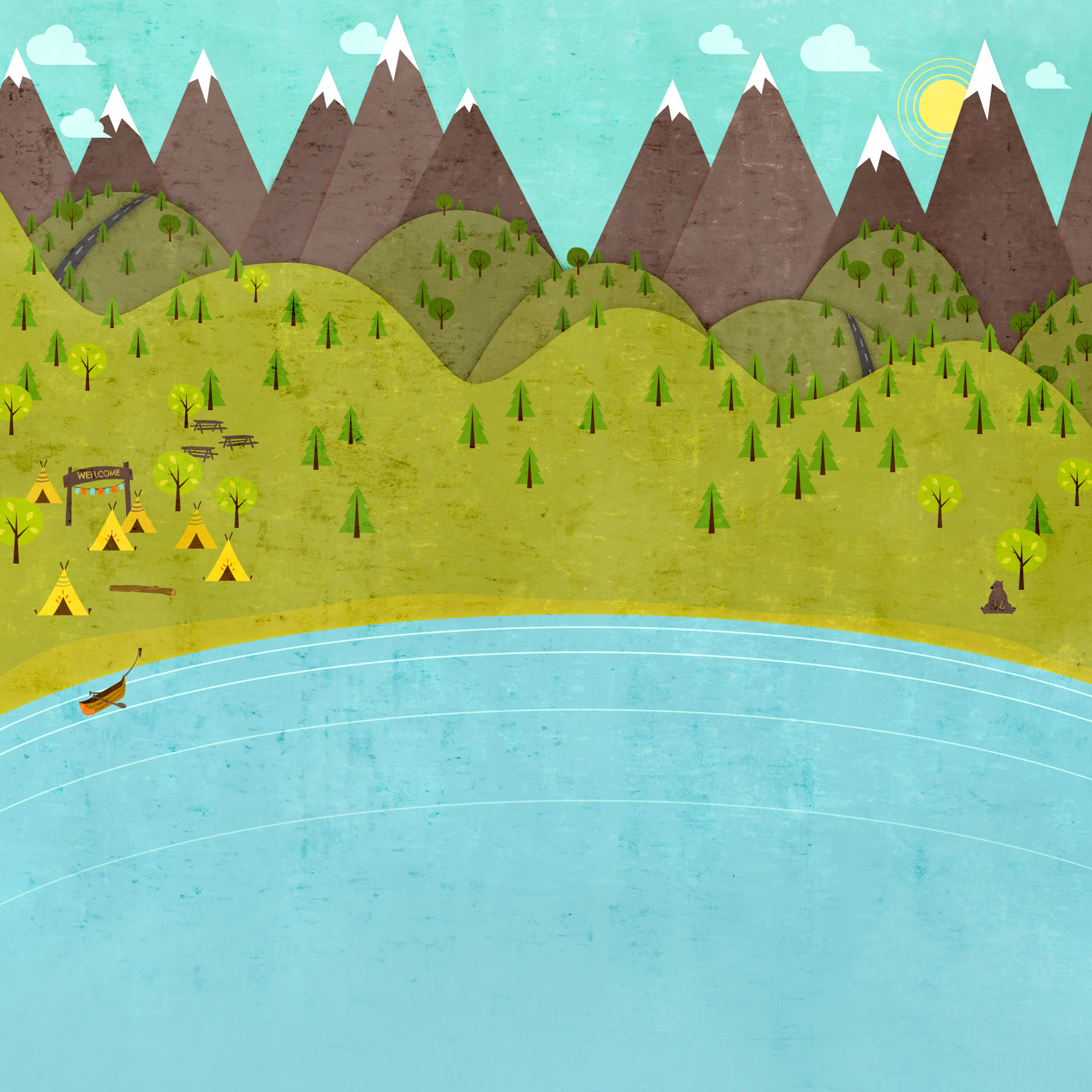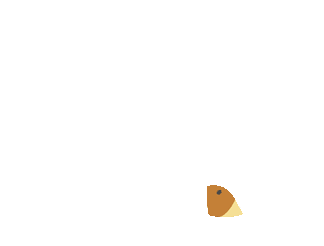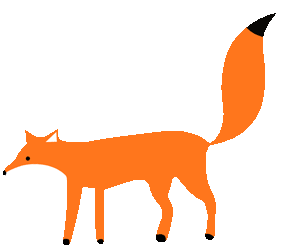
Arts Education

Dance and Drama
Overview

For the past three weeks, learning dance and drama has been an excellent overview of a different aspect of teaching that not only could be used if teaching the arts but also in an ordinary classroom setting. Various themes and ideas were explored over the three weeks. In the first week, we explored the idea of characterization, through animals. This was done by using a range of costumes and learning various dances. The second week focused on the theme of "What's in a name?", where movement was used to explore the letters in an individual name. Week three focused on fantasy, and learning a script to create a scene. This website provides analysis of the lesson learnt, by comparison to AusVELS, and manipulating to fit various year levels. Resources are provided through the readings that were used in analysis, but also through further research to create an extensive list of appropriate resources.
Week 1-3

In this lesson, the key focus was to use animal characteristics to explore our bodies various movements and motions. By posing the question, "At the waterhole, what did I see?", the lesson engaged students to think of various actions, movements, and alliterations to create a scene.
Week Two focused on "What's in a name?". This being, creating actions and sounds relating to your own indiviual name. In this lesson, this was done through creating a sequence of movements that showed the individuality and creativity of said individual.
"Where the wild things are" was the key focus of Week Three. By incorporating animals and monsters, the lesson was about creating and analysing a scene from the book. By using a range of props, the lesson allowed students to be completeley engaged and in control of their own learning and scene.

Characterization

Identity

Fantasy


BBC, 2013, ‘Dance’, date retrieved 15th August 2013,<http://www.bbc.co.uk/schoolradio/subjects/dance>
BBC, 2013, ‘Drama’, date retrieved 15th August 2013,,<http://www.bbc.co.uk/schoolradio/subjects/drama>
Davis, L, 2004, 'Making connections: learning through drama, learning about drama', Currency Press, Sydney, pp. 178-98
Dictionary.com, 2013, date retrieved 15th of August, ‹http://dictionary.reference.com/ .
Dunphy, K, F. & Scott, J, 2003, 'Freedom to move : movement and dance for people with intellectual disabilities', MacLennan and Petty, Eastgardens, N.S.W
Exploring Language, 2002, ‘Drama’, 15th August 2013,<http://englishonline.tki.org.nz/English-Online/Exploring-language/Drama›.
Farmer, D., 2013, ‘What are Drama Games?’, date retrieved 15th August 2013,<http://dramaresource.com/games>
Government of Western Australia, 2012, ‘ArtsEdge: Overview', 15th August 2013, ‹http://www.artsedge.dca.wa.gov.au/australian-curriculum/Pages/default.aspx .
McCutchen, B.P, 2006, 'Teaching dance as art in education' ,Human Kinetics
Poulter, C., 2011, ‘Playing the game’, date retrieved 15th August 2013, <http://www.primaryresources.co.uk/pshe/pdfs/dramawarmups.pdf>
ProTeachesVideo, 2012, ‘Dance and gymnastics’, date retrieved 15th August 2013,,<http://www.proteachersvideo.com/ProgrammeListByVocabularyAndTermData/23/subjects/1005/dance-and-gymnastics/Primary>
Russell-Bowie, D, 2009, 'MMADD about the Arts!', Pearson Education, Frenchs Forest, pp. 188-224.
Victorian Curriculum and Assessment Authority, 2012, ‘AusVELS; The Arts’, date retrieved 15th of August,‹http://ausvels.vcaa.vic.edu.au/The-Arts/Curriculum>
References and Resources;
Elements of Drama

Action
Time
Dynamics
Space
Relationships
Structure
Elements of Dance

Dramatic Tension
Focus
Mood
Time
Contrast
Symbol

